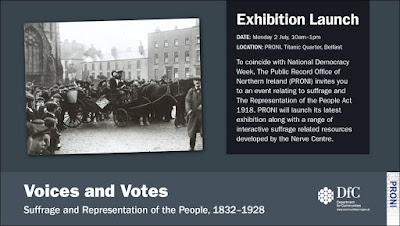MyHeritage Launches New Filtering System for DNA Matches
Thanks to the growth of our database, most users on MyHeritage now have thousands of DNA Matches. Managing all those DNA Matches, and making sense of them has become a challenge — and this is exactly where the new filtering system comes in!
Filtering lets you view a subset of your DNA Matches at a time, focusing on those that match particular criteria, of more interest to you. We’ve added a beautiful user interface to the DNA Overview page that lets you filter your DNA Matches easily by relationship, by country or by ethnicity. And we’ve added a powerful filter toolbar that lets you do all that, and much more. Using the new filter toolbar, you can combine multiple filters, and filter matches by additional criteria such as those that have a family tree, have shared ancestral surnames with you or have Smart Matches™ with you.
Filtering of DNA Matches can be combined with sorting and searching. For example, you can easily find all your DNA Matches that include “Gordon” in the name of the match or as an ancestral surname, filtering them to view only those who have a particular ethnicity and live in a particular country, while sorting them alphabetically or by the amount of shared DNA.
These powerful capabilities, together with the high accuracy of the matches, make MyHeritage’s DNA Matches the most powerful and easy to use DNA matches on the market today. Anyone who has taken a MyHeritage DNA test or has uploaded DNA data from another service can now take advantage of our new filtering system for DNA Matches, and it’s free! (Some advanced features in the DNA Match review page require a subscription, such as viewing the ethnicity results of a DNA Match).
As part of this update, we’ve also made some improvements to the user interface of the DNA Matches in general. For example, we placed ethnicity and DNA Matches on two adjacent tabs to make it very easy to switch from one to the other for any of the DNA kits you manage. Viewing family trees of your DNA Matches now uses the Pedigree View.
Many users have told us that we have the best user interface for DNA Matches, and now we’ve made it even better.
For the full story, and a step by step guide, visit https://blog.myheritage.com/2018/06/revolutionary-new-filtering-system-for-dna-matching/.
(With thanks to Daniel Horowitz)
Chris
For my genealogy guide books, visit http://britishgenes.blogspot.co.uk/p/my-books.html, whilst details of my research service are at www.ScotlandsGreatestStory.co.uk. Further content is also published daily on The GENES Blog Facebook page at www.facebook.com/BritishGENES.

























